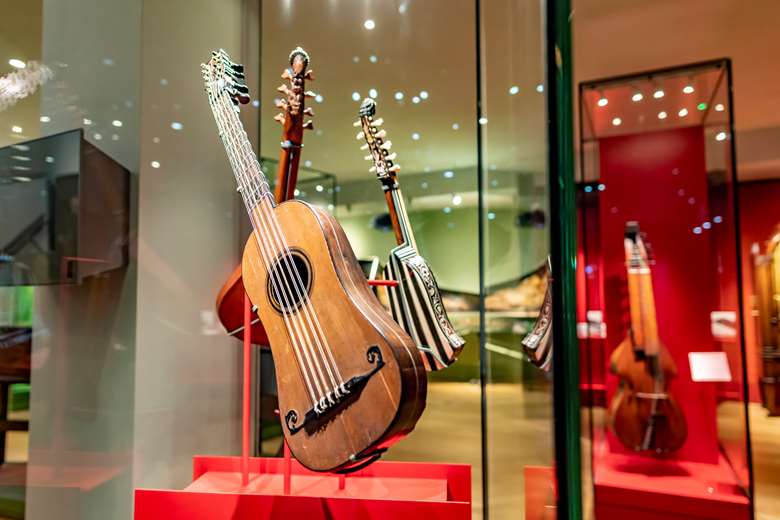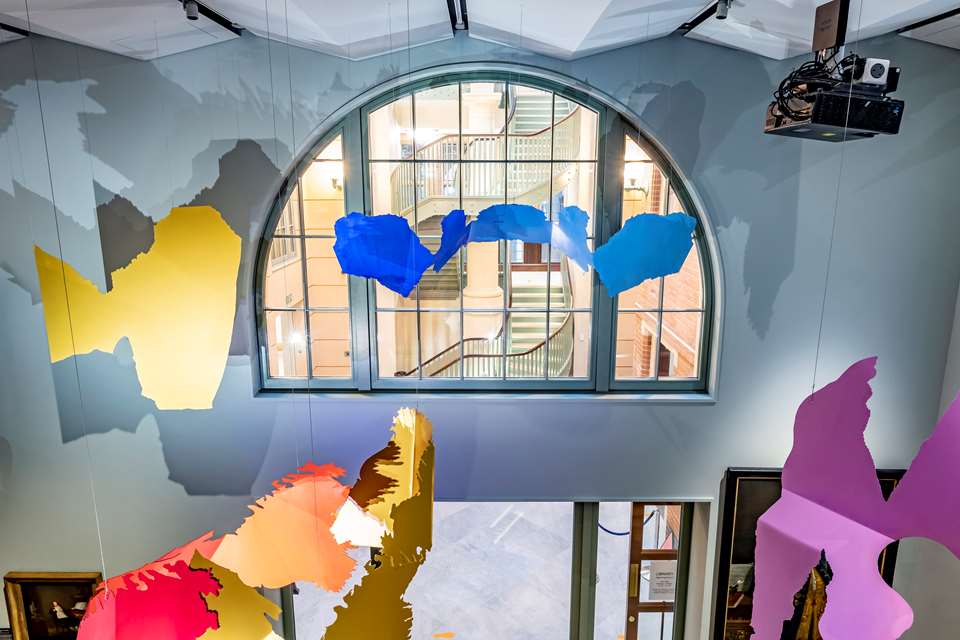RCM museum to recreate historical instruments using 3D printing
Florence Lockheart
Monday, January 9, 2023
3D printing will allow Royal College of Music students and museum visitors to handle and play instruments when the original is too fragile to handle


Register now to continue reading
Don’t miss out on our dedicated coverage of the classical music world. Register today to enjoy the following benefits:
- Unlimited access to news pages
- Free weekly email newsletter
- Free access to two subscriber-only articles per month
